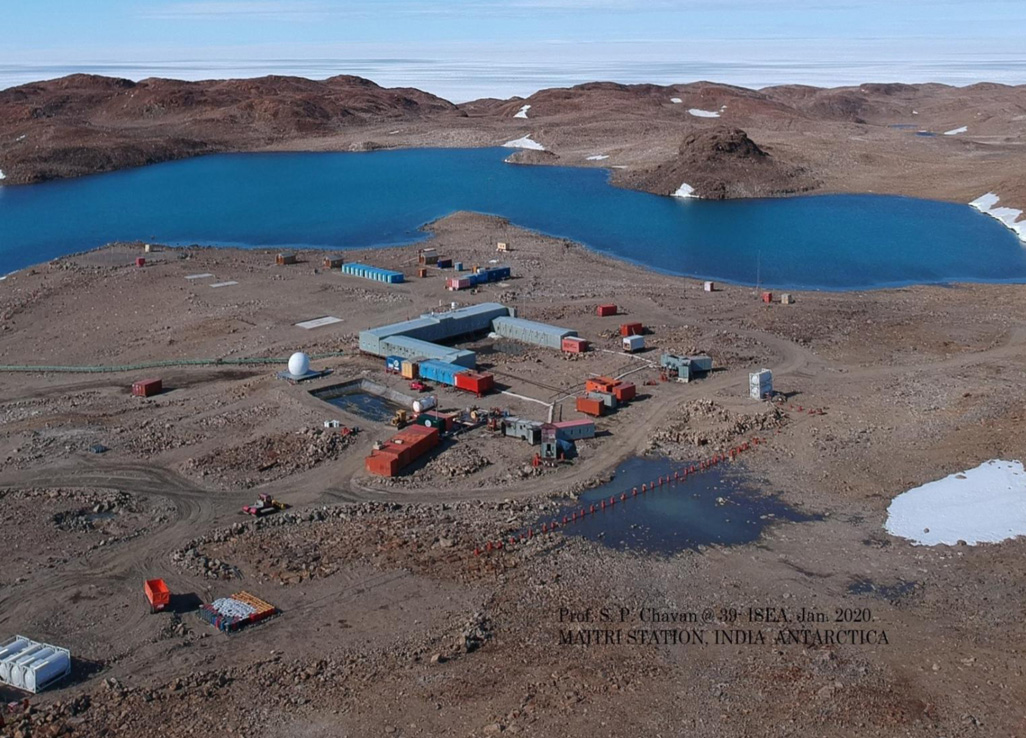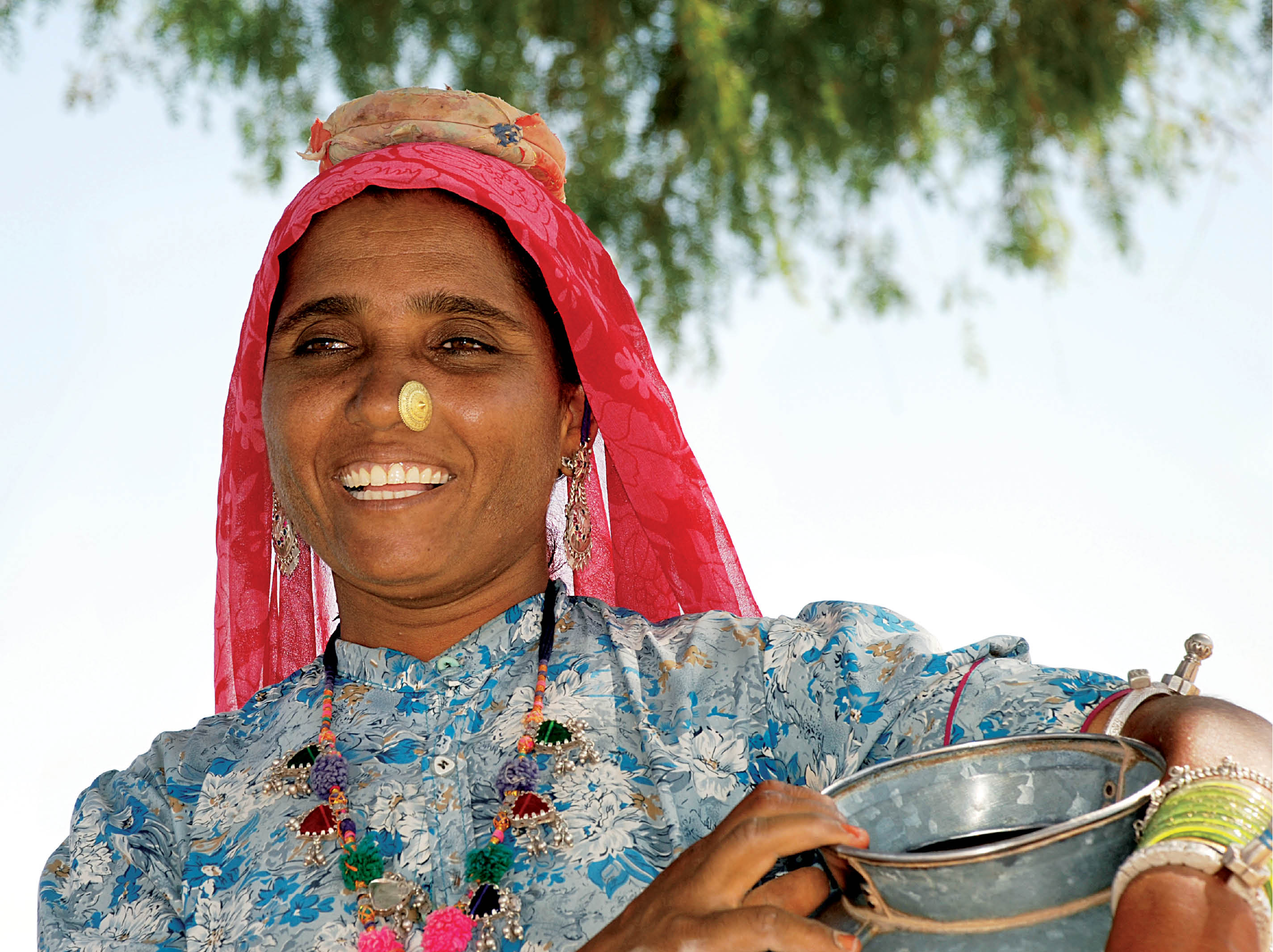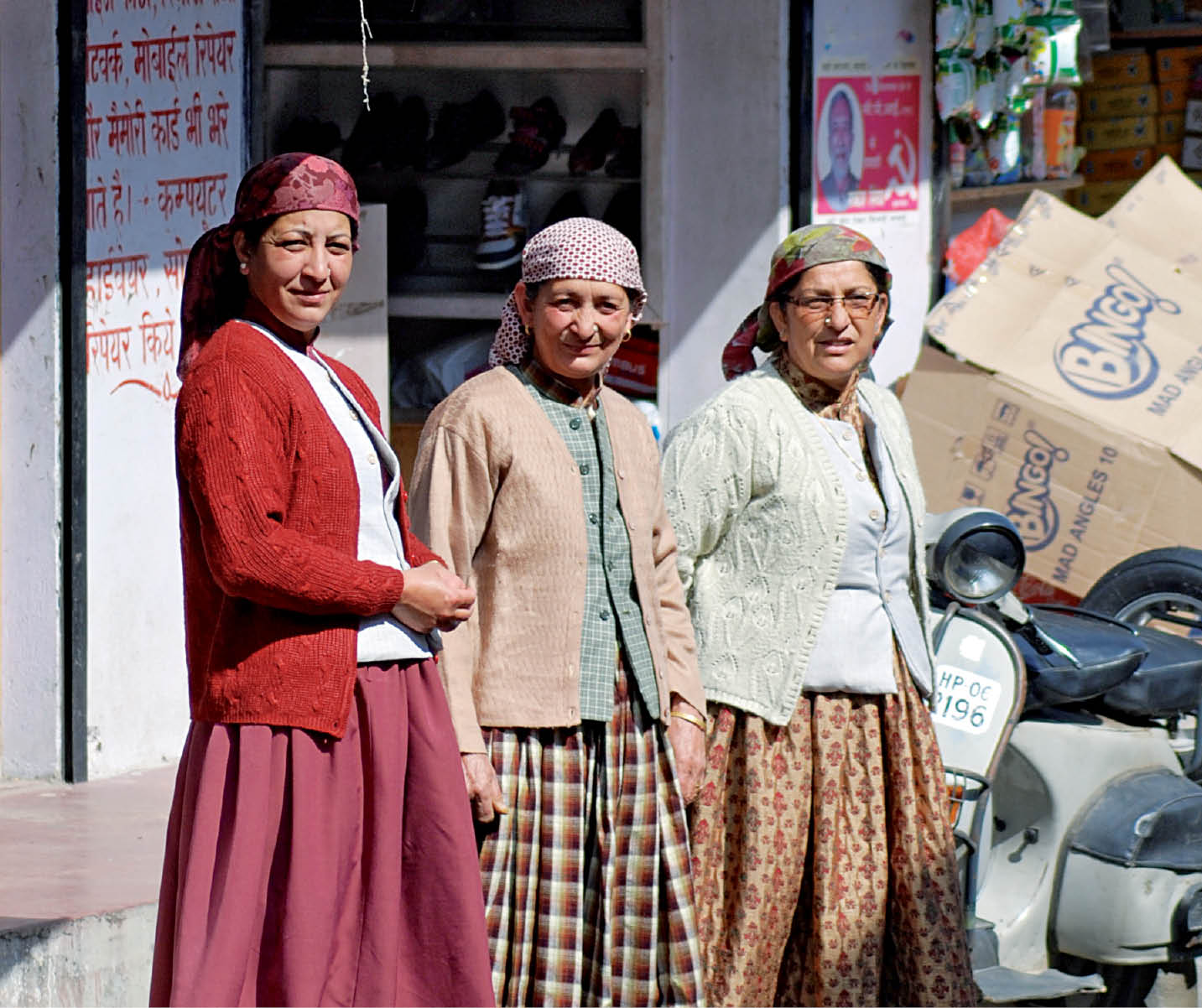Engendering local governance



India is set to embark on a new chapter in its Polar exploration journey with the construction of Maitri II. The Indian government plans to establish a new research station near the existing Maitri ba...
.png )
The Deep Ocean Mission (DOM), approved by the Government of India in 2021 under the Ministry of Earth Sciences (MoES), represents a strategic step in realizing Sustainable Development Goal 14 (SDG 14:...

China recently announced restrictions on the export of seven rare earth elements (REEs), soon after US President Donald Trump decided to impose tariffs. As the world's dominant supplier—responsible fo...
Dynamics of women participation in local governance has received intense scrutiny since the Constitutional Amendment in 1992. Many emphasised on training women technically; despite successes in creati...
With a progressive legislation set in place in 1992, women’s participation in the panchayat has increased considerably. Every five years a little more than one million women get elected while another...
A programme of the Ministry of Human Resource Development in ten states has built a large, robust base of women’s collectives over the years to empower women and adolescent girls through education. Th...
A successful campaign to empower elected women representatives (EWRs) in the State, suggests that supporting them addresses several issues through the panchayat as women’s leadership is inclusive, col...
Dynamics of women participation in local governance has received intense scrutiny since the Constitutional Amendment in 1992. Many emphasised on training women technically; despite successes in creating able women leaders, violence towards women needs multi-layered investigation.

With a progressive legislation set in place in 1992, women’s participation in the panchayat has increased considerably. Every five years a little more than one million women get elected while another three million women become aware of the panchayat process. This will help women emerge as able decision makers in totality.

A programme of the Ministry of Human Resource Development in ten states has built a large, robust base of women’s collectives over the years to empower women and adolescent girls through education. These collectives of women at the village level are networked into federations at the cluster, block and often at district levels.
